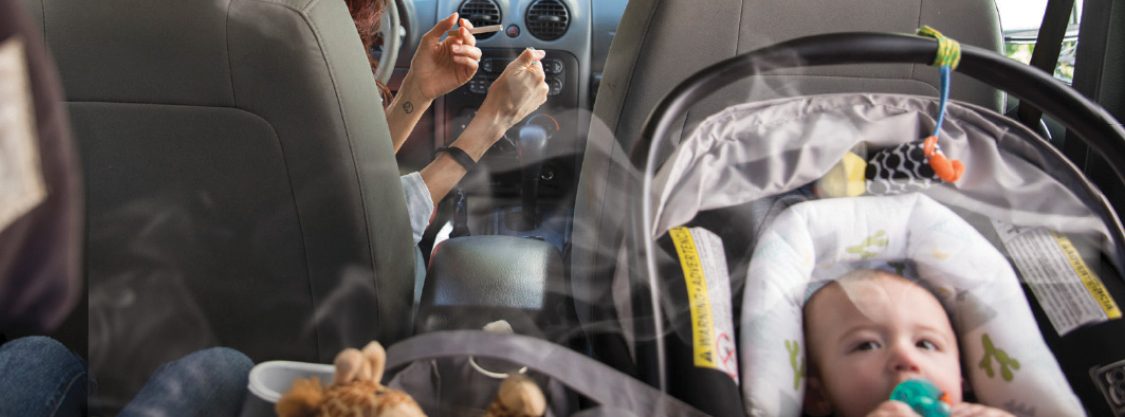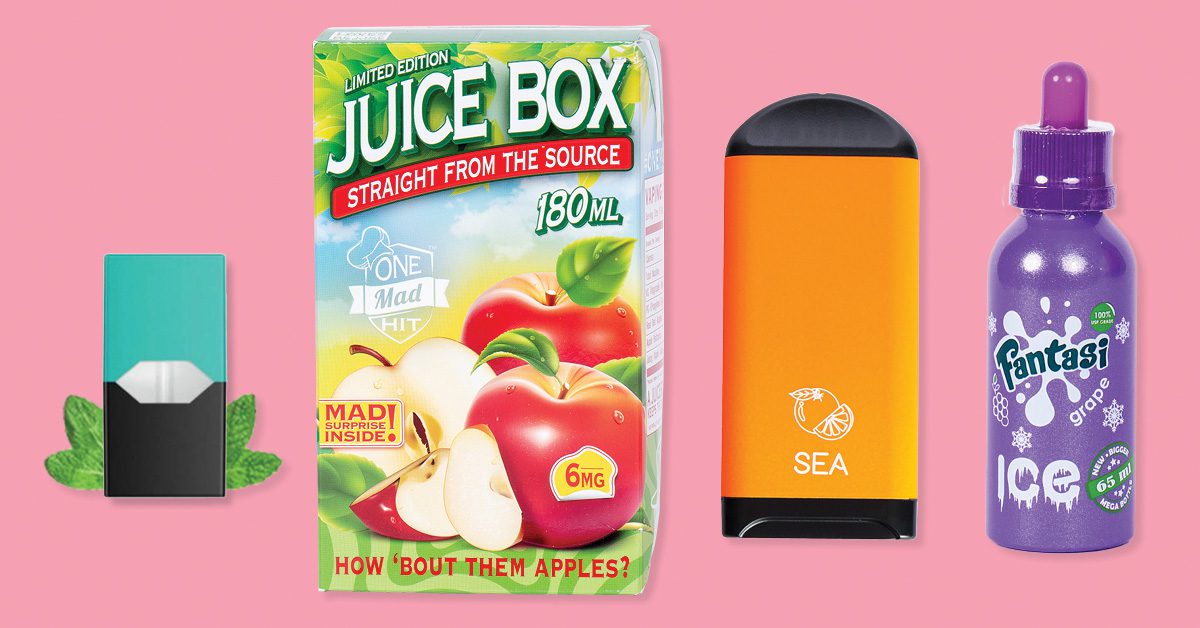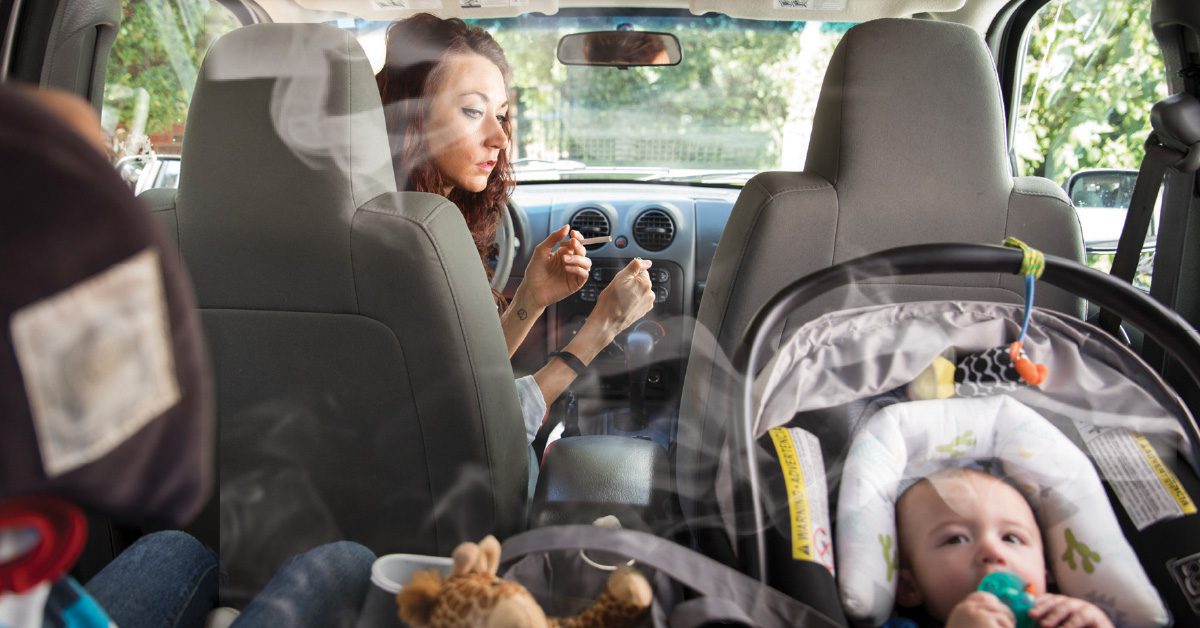Historically, Oklahoma has been fertile ground for Big Tobacco. In fact, in 2018, the CDC’s Behavioral Risk Factor Surveillance System revealed a statewide smoking rate of 19.7% vs. a national average of just 14%. Oklahomans aren’t predisposed to nicotine addiction. Instead, our higher smoking rate reflects ineffective tobacco policies. When state policy is weak, our collective health — and economy — suffer.
Together, Oklahomans can create a healthier state — and we’re gaining traction. Let’s take a look at some key policies that will protect the health and well-being of Oklahomans for generations to come.
100% Clean Indoor Air:
Oklahoma is one of the only states without any comprehensive policies supporting smokefree public spaces. Today, it’s still legal to smoke in hotels, bars and in daycares when children aren’t present. That’s not OK.
Don’t forget, secondhand smoke is a proven killer filled with Class A carcinogens. More than 50% of Oklahomans report being regularly exposed to secondhand smoke. This means over half of our population is at a greater risk of developing lung cancer and heart disease. Instead of fighting these preventable diseases in the hospital, state leaders could prevent them from ever occurring.
We have plenty of other states to look to as examples of success. Washington state implemented a comprehensive smokefree law, and the economic impact was incredible. Revenues at bars and taverns were $105.5 million higher than projected. North Carolina banned smoking in restaurants and bars way back in 2010. In the first year of the law, emergency room visits for heart attacks dropped 21%. These laws benefit health AND business.
The good news is that 80% of Oklahomans support a law making public places smokefree. Other states agree — clean indoor air is a right, not a privilege. Here in Oklahoma? We say enough is enough.
Flavors:
Big Tobacco uses flavors to hook customers into a lifetime of nicotine addiction. Flavors are engineered to eliminate the harsh tobacco taste that would otherwise turn first-timers off. This is important because Big Tobacco NEEDS to hook new customers. Their business depends on it.
Flavors seduce more than just youth and young adults. For decades, Black Americans have been brutally targeted by Big Tobacco’s flavoring strategy. How? Menthol cigarettes. This flavor combined with highly targeted messaging has led to 80% of Black American smokers getting hooked on menthol cigarettes. All flavors, including menthol, are a coordinated assault on our health in exchange for profit.
A January 2020 flavor restriction was mandated by the FDA. The new regulation was aimed at reducing the prevalence of vape and e-cigarette flavors. However, the ruling is littered with loopholes that leave many flavors on the market. In February 2020, the U.S. House of Representatives passed a bill that effectively bans the sale of all flavored tobacco and e-cigarettes, including menthol. The bill currently awaits Senate approval and, if passed, the President’s signature. A comprehensive flavor ban would strike a blow against Big Tobacco and their most deceptive tactic.
Oklahoma lawmakers don’t need to wait for a full federal flavor ban. Instead, they can enact one on behalf of all Oklahomans. In doing so, they would send Big Tobacco a powerful message: our health is our right, not for your profit.
Kids in Cars:
How do you protect a kid from smoking later in life? Reducing exposure to secondhand smoke. In Oklahoma, smoking in cars with children present is still legal. Secondhand smoke is filled with 7,000 chemicals — 250 of which are known to be harmful, and at least 70 of which are cancer-causing. Unsettling, right?
Oklahoma has tried to protect our youth in the past. In 2017, legislation that would ban smoking in vehicles containing children cleared an Oklahoma House committee, but it never made it to the House for a vote, leaving kids unprotected to this day.
There is no safe level of secondhand smoke. With developing bodies and lungs, children are especially sensitive. Exposure to secondhand smoke leaves them at greater risk for developing serious health issues such as ear infections, lung infections, asthma, bronchitis and more. Our kids are suffering.
How is smoking in a vehicle with a child inside still legal? We know the facts. We know the consequences. Now, it’s time to take action.
Cigarette Taxes:
When cigarette prices rise, thousands of adults quit — and thousands more kids never start. In July of 2018, Oklahoma passed a cigarette tax increase from $1.03 to $2.03. The historic increase put our state in the upper third for cigarette tax rates, and it marked a tremendous step forward.
The benefits of a cigarette tax increase cannot be overstated. The best part? As people opt to save money, they also save their health. By preventing tens of thousands from ever taking up smoking, the savings add up. After just 5 years, the fewer cases of smoking-related illnesses add up to over $28 million saved in public health care costs. Being tobacco-free pays. Big time.
It’s important to note that individual policies won’t singlehandedly end the scourge of tobacco. However, comprehensive tobacco policies will allow Oklahomans to breathe easier, save money and live happier, healthier lives. Kids will grow up to develop strong and healthy lungs. Families and individuals won’t be saddled by the expense and mental anguish of nicotine dependence. The case for stronger tobacco policies is clear — our health, economy and future depend on it.




